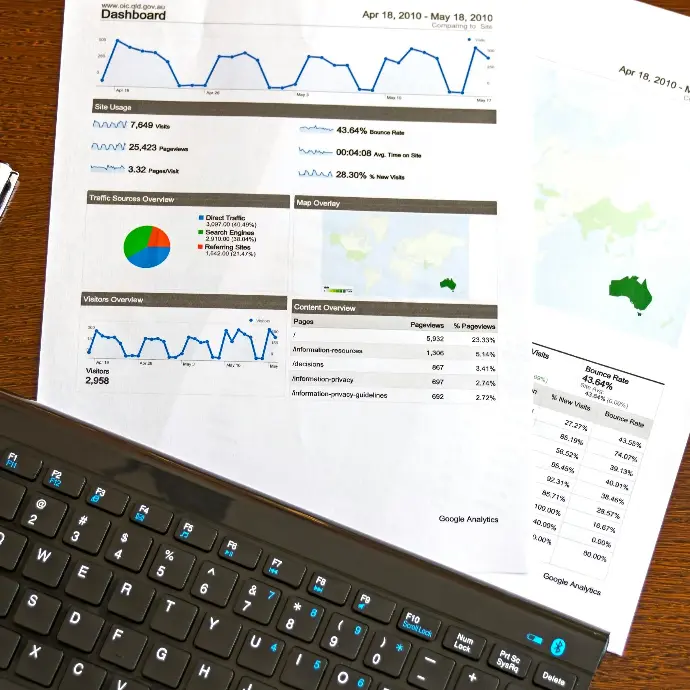E.L.I. Point of Sales (POS)
A POS (Point of Sale) system is a software and hardware solution that facilitates the completion of sales transactions in retail or service environments, managing payments, inventory, and customer data.
WHY USE POS?
Faster Transactions
Speeds up the checkout process for better customer experience.
Inventory Management
Automatically tracks stock levels and reduces errors.
Sales Reporting
Provides detailed analytics to inform business decisions.
OUR POS CAN MANAGE

Sales Transactions
The POS system processes customer payments, generates receipts, and records every sale in real time, helping streamline the checkout process.

Order Management
Facilitates the management of customer orders, including special orders, backorders, and custom orders, ensuring that all orders are processed and fulfilled accurately and on time.

Inventory Tracking
Tracks inventory levels automatically, updating stock counts as sales are made and alerting when items need to be restocked to prevent stockouts or overstocking.

Reports and Analytics
Generates comprehensive sales, financial, and customer reports, offering valuable insights into business performance, sales trends, and customer preferences to inform decision-making.

Customer Data
Stores detailed customer information, including contact details and purchase history, enabling businesses to offer personalized service, marketing campaigns, and loyalty programs.

Pricing and Discounts
Automates the application of pricing rules, including promotions, discounts, and seasonal pricing, ensuring accurate pricing and easy management of special offers.
BENEFITS OF POS
Here are the advantages of using a POS system
Efficiency
Speeds up transactions and reduces errors.
Improved Accuracy
Automatic calculations ensure precise billing and stock management.
Better Customer Experience
Faster service and personalized interactions.
Data Insights
Provides valuable reports for informed business decisions.
WITHOUT POS
Challenges an organization faces with a POS in place
Manual Errors
Increased risk of mistakes in transactions and inventory management.
Slower Transactions
Longer checkout times leading to poor customer experience.
Limited Reporting
Lack of real-time data and insights for business decisions.